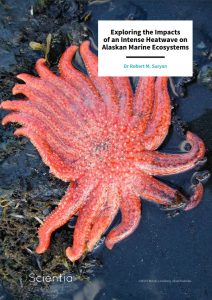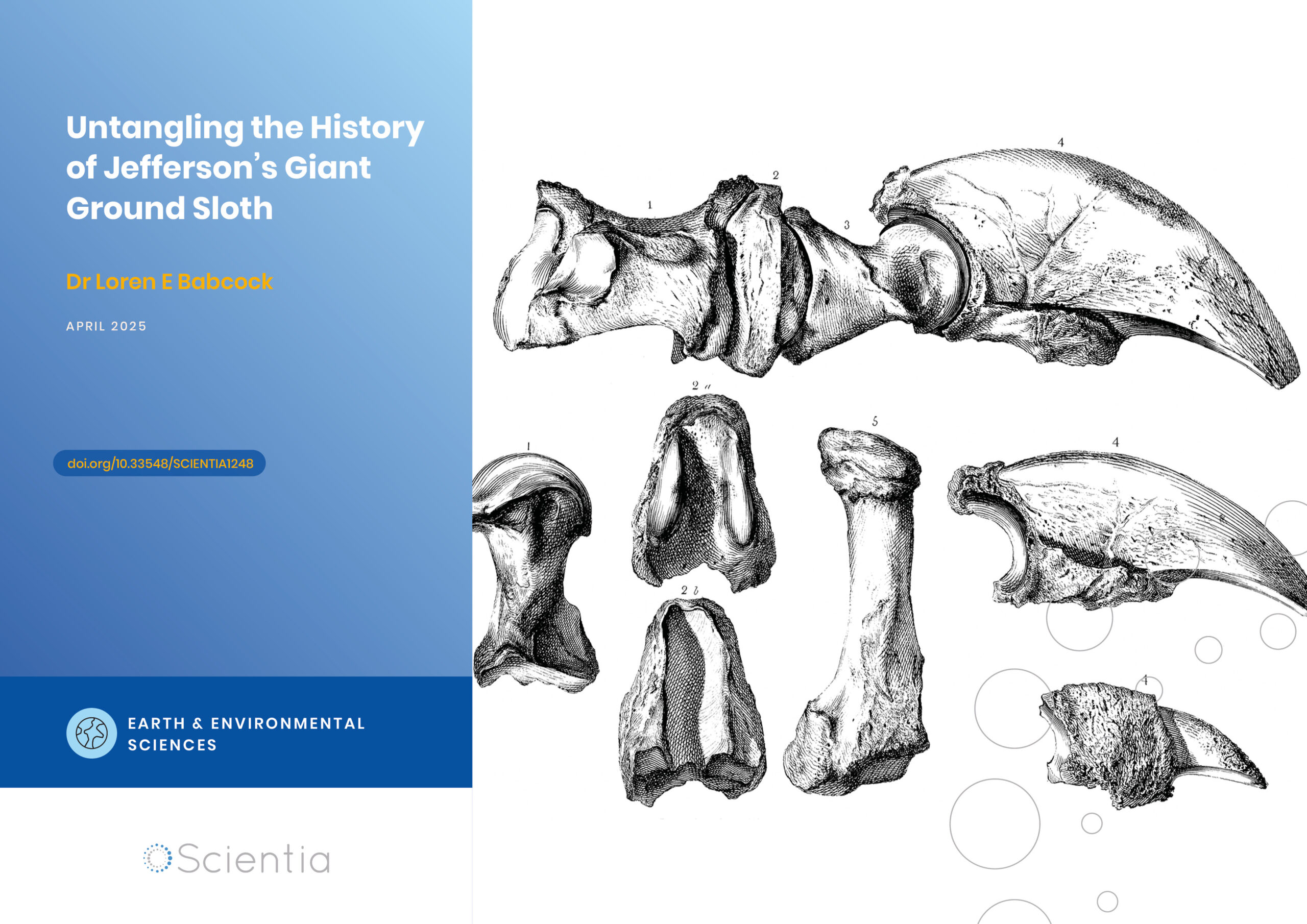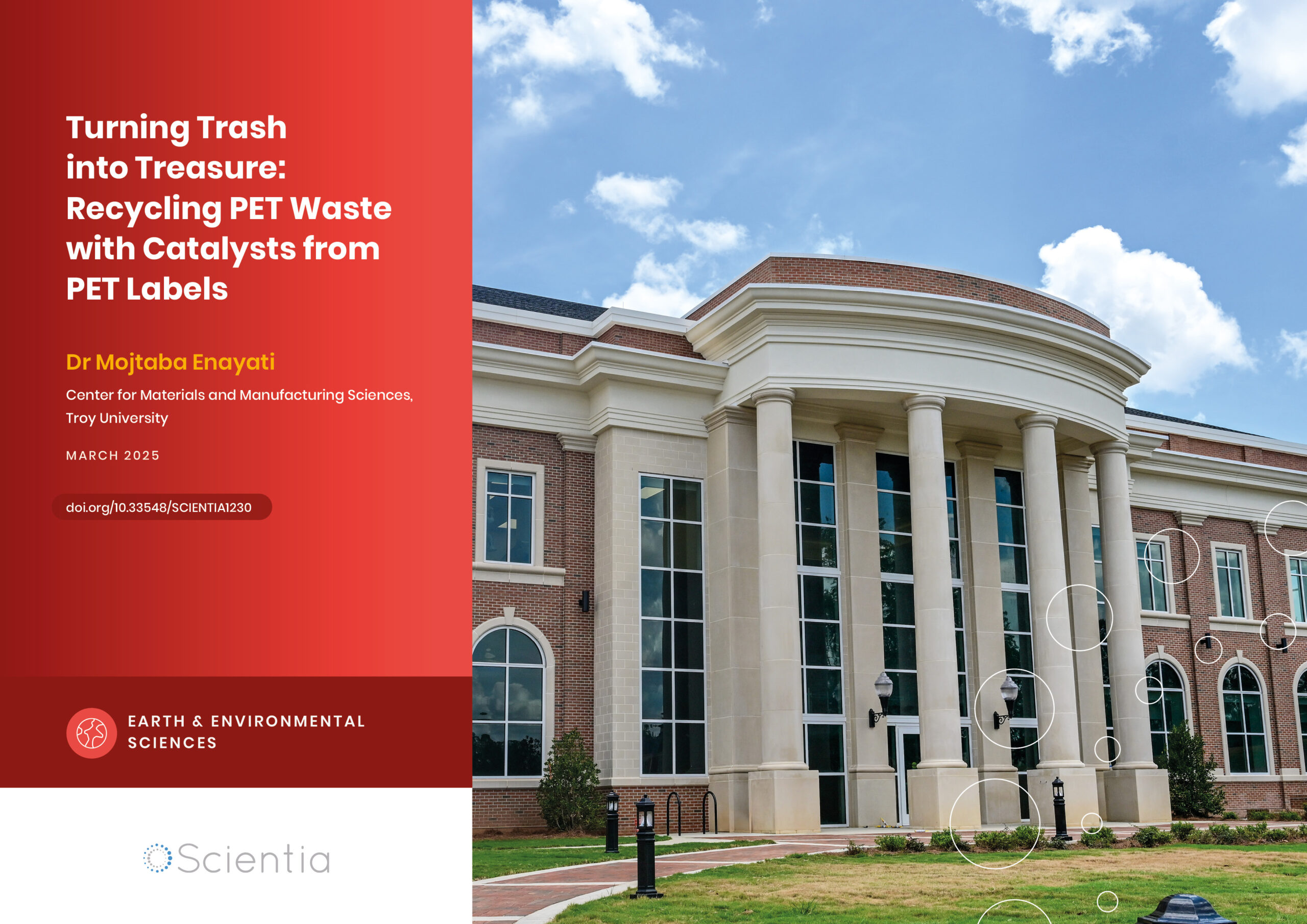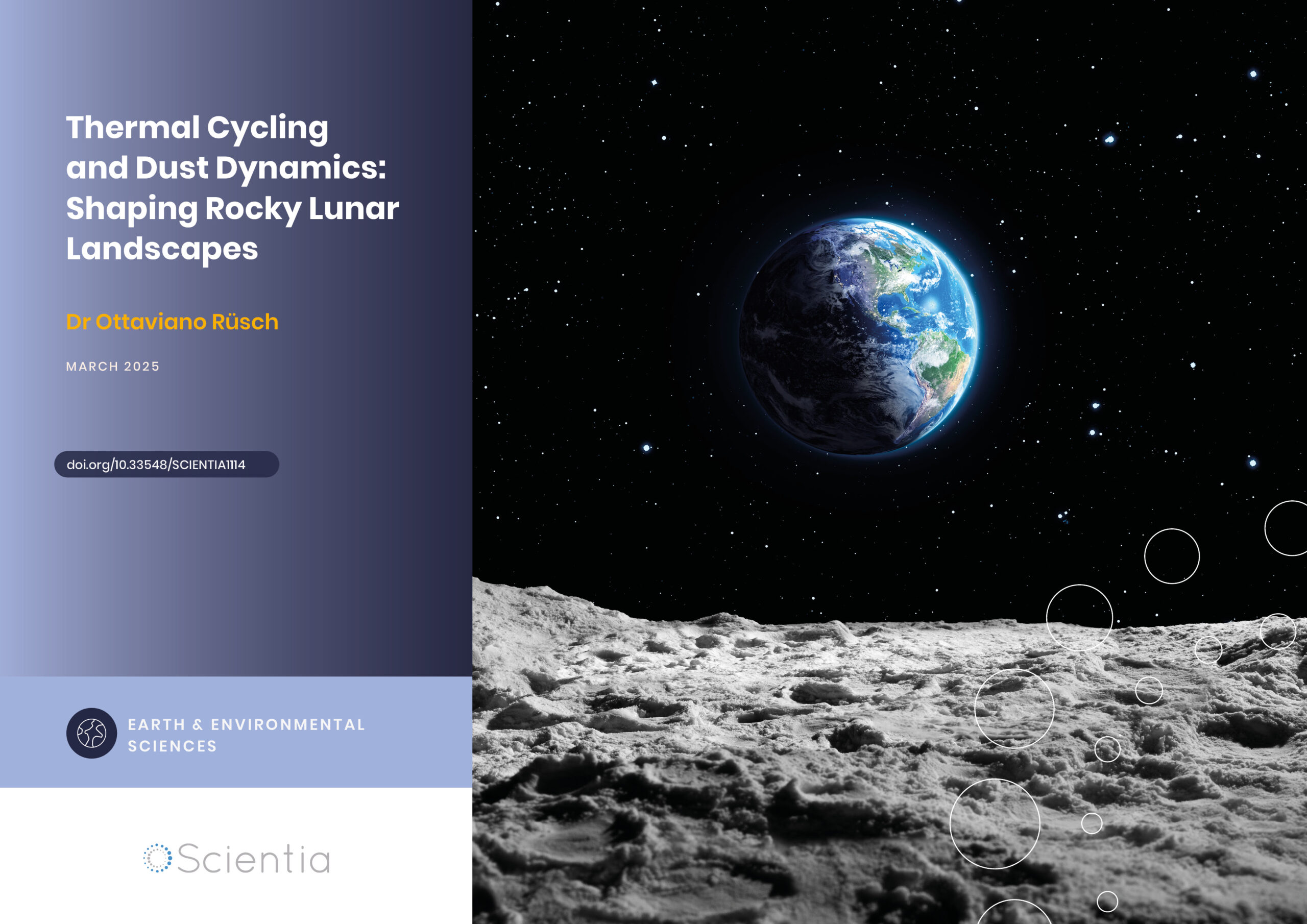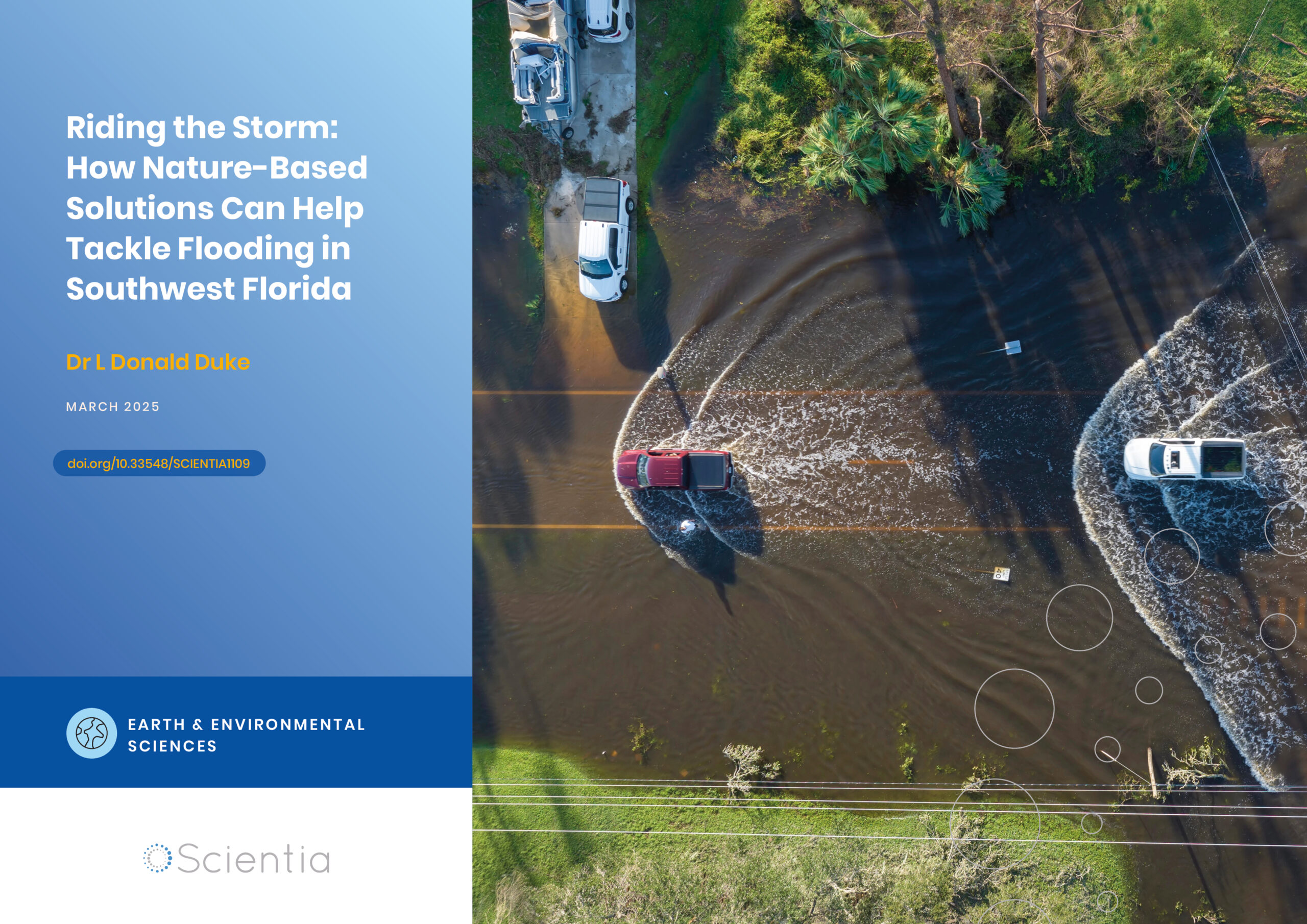Dr Robert Suryan | Exploring the Impacts of an Intense Heatwave on Alaskan Marine Ecosystems
Between 2014 and 2016, the Gulf of Alaska experienced a prolonged and intense heatwave. The hot temperatures disrupted species interactions and stressed the Gulf of Alaska ecosystem past its tipping point. New research led by Dr Robert Suryan at the NOAA Alaska Fisheries Science Center suggests that this event may have left a long-standing mark on the Gulf of Alaska. Dr Suryan and his colleagues quantified the effects of the heatwave on all aspects of marine ecosystems. Their work highlights the importance of long-term ecosystem monitoring in tracking, predicting, and preparing for a changing climate.
The Northeast Pacific Marine Heatwave
The Northeast Pacific marine heatwave was the only marine heatwave recorded globally in recent decades that lasted through all four seasons and over consecutive years. A brief hiatus in 2016 was short-lived, with warming re-intensifying between late 2018 and 2019. The heatwave wasn’t just record-breaking in its duration and magnitude, but also in the diversity of habitats it affected, ranging from shoreline ecosystems to the deep ocean.
Some biological responses to the heatwave were apparent; tens of thousands of dead seabirds washed up on beaches, toxic algal blooms intensified and spread along the West Coast, and fewer humpback whales arrived in their breeding grounds in Hawaii.
Such marine heatwaves will only intensify as climate change continues. In 2016, 70% of the world’s oceans experienced intense or severe heatwaves, up from 30% in 2012. While the immediate effects of heatwaves can sometimes be apparent, few studies have evaluated the lingering impacts of heatwaves on whole ecosystems.
In 1989, another environmental disaster received international attention. The oil tanker Exxon Valdez spilled 11 million gallons of oil into the Gulf of Alaska. In response to this disaster, the Exxon Valdez Oil Spill Trustee Council and scientists established an extensive monitoring program to assess long-term recovery. Dr Robert Suryan, a marine biologist at the National Oceanic and Atmospheric Administration (NOAA) took advantage of this data to determine how the Gulf of Alaska has responded to and recovered from the Northeast Pacific marine heatwave.
Tracking Long-term Impacts
Dr Suryan and his collaborators showed that this Pacific heatwave left its mark on diverse ecosystems – from the shoreline to the open oceans. ‘As of 2022, the Gulf of Alaska ecosystem had yet to fully recover from the effects of this major heatwave,’ explains Dr Suryan. ‘The community composition, or proportion of species that make up the ecosystem, are distinct from what we observed prior to the heatwave.’
His team also showed how these ecosystem changes still affect Alaskan communities that depend on fisheries and nature-based tourism. Their research points to the importance of extensive monitoring to better understand and prepare for the long-term effects of climate change on sensitive ecosystems.
Dr Suryan and his team assessed nine ecosystem components that spanned the food web in the Gulf of Alaska. Specifically, they analysed 187 datasets that contained measurements of the abundance of primary producers, such as phytoplankton and zooplankton, shallow-water species including mussels and sea stars, fish, seabirds, and marine mammals.
With this wealth of long-term monitoring data across Gulf of Alaska species and ecosystems, Dr Suryan studied how specific species responded, which groups showed long-term effects or recovery responses for up to five years after the heatwave, and how the ecological community responded as a whole.

Varied Species Responses
To measure species response, Dr Suryan and other scientists looked at critical indicators including species abundance, size, growth rates, and signs of reproductive success. Many species showed prolonged negative responses to the heatwave, whereas others showed neutral or positive responses. ‘Some species did return to pre-heatwave levels soon after the heatwave; however, other species did not,’ says Dr Suryan.
For instance, the abundance of phytoplankton, a key primary producer, greatly decreased. Sea-stars, a prominent predator in shallow waters near the shore, also declined in abundance.
Populations of many fish species that form the diets of larger predatory species, such as cod and herring, dropped abruptly. There were fewer sea lion pups during the heatwave, and nesting seabird numbers also declined. Fewer humpback whales arrived in breeding grounds – a sustained decline that lasted beyond 2018.
On the other hand, the decline of some species helped others thrive. Mussel populations actually grew, giving a few coastal birds more to eat. Impacts on fisheries were also mixed. Declines in cod, herring and certain species of salmon left many fisheries struggling with closures and reduced quotas. In contrast, sablefish, pollock and other salmon species actually thrived during the heatwave.
Because some areas remained warmer than normal for almost five years after the beginning of the heatwave, many species were affected by warmer conditions for five years in a row. Consequently, some species of algae and whales struggled to return to their pre-heatwave levels of abundance.
Community-level Responses
Species responses to the heatwave led to new ecological community patterns within two years of the onset of the heatwave. Generally, the Gulf of Alaskan ecosystems differed from any community structures that had prevailed for at least fourteen years before the heatwave.
To measure community responses, Dr Suryan and his colleagues explored metrics that indicated changes in the abundance of biological populations, and species’ demographics, such as size, growth, and condition. Overall, the scientists noted that many different effects combined to drastically change relationships between species within the marine food web.
For example, large-scale declines in fish prey, including sand lance and capelin, meant far less food for their predators, leading to large-scale declines in the abundance of salmon, groundfish, birds, and mammals. Overall, over half of the 187 datasets showed a long-lasting response to the heatwave.
These community-level impacts coalesced to change the abundance and breeding success of various species at all levels of the marine food web, leading to different community structures. These results highlight the magnitude of the heatwave’s impacts, and demonstrate that the Gulf of Alaska ecosystem was not resilient enough to prevent large-scale community-level shifts.
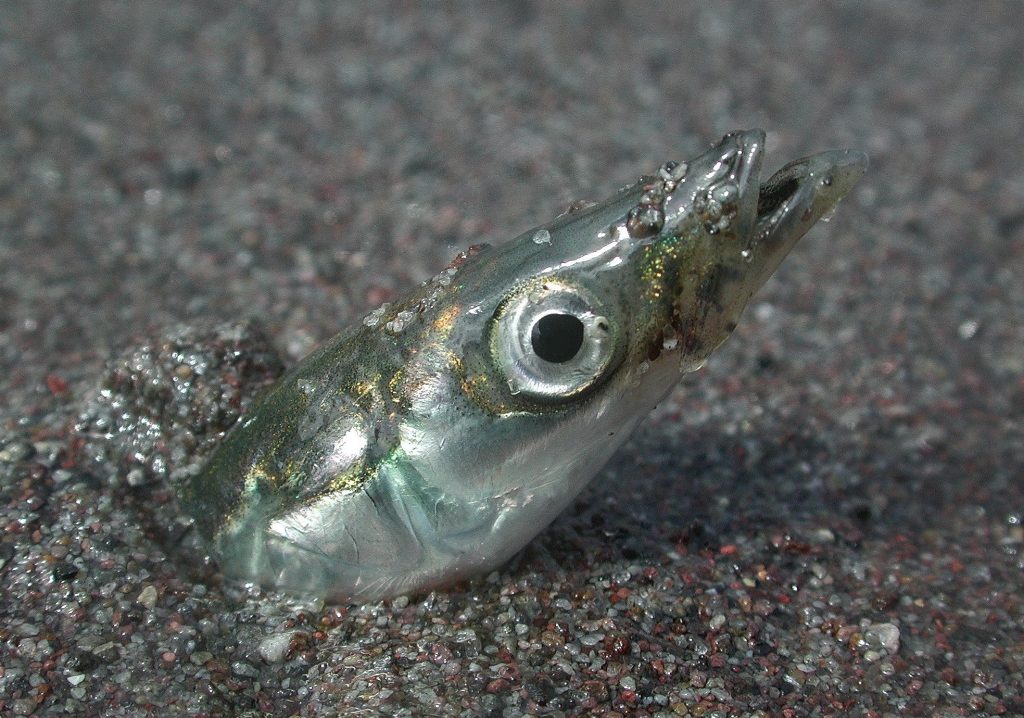
A sand lance. CREDIT: Mandy Lindeberg, NOAA Fisheries.
The Human Dimension
Local communities in the Gulf of Alaska rely on fisheries and tourism to remain afloat. Unsurprisingly, fish species abundance and ecosystem changes significantly affected commercial fisheries and local communities.
We can think of commercial fisheries as another predator of fish. Like other marine predators, these fisheries need to adapt to fluctuations in prey abundance. In the case of reduced fish abundance, commercial fishery revenue suffers. Although fisheries can adjust the price and timing of product delivery, these changes can only temporarily buffer the impacts on local communities. Unfortunately, the fish species that were most negatively affected by the heatwave are also the most valuable, representing a substantial portion of total earnings for fishers in the region.
Similar to commercial fisheries, reductions in whale abundance led whale-watching tour operators to travel longer distances and concentrate on fewer whales, affecting tourist-dependent regions and placing additional stress on local communities and resources.
An Uncertain Recovery
In 2018, the Gulf of Alaska ecosystem still appeared distinct from its pre-heatwave years. A re-intensification of warming through fall 2018 and summer 2019 has meant that most species did not have enough time to rebound to pre-heatwave levels. This data also means we should be cautious when assessing observations that may point to recovery, such as increased whale sightings.
Additionally, increases in water temperature due to climate change, along with more frequent and intense heatwaves, mean that the Gulf of Alaska ecosystem will potentially continue changing from its pre-heatwave structure. Ecosystems have tipping points, beyond which they can no longer buffer disturbances. Climate change has the potential to push ecological communities past their upper limits.
Still, ecosystems have proven to be surprisingly resilient. The results of Dr Suryan’s study provide a foundation upon which he and other scientists can develop hypotheses to better understand why and how ecosystems will respond.
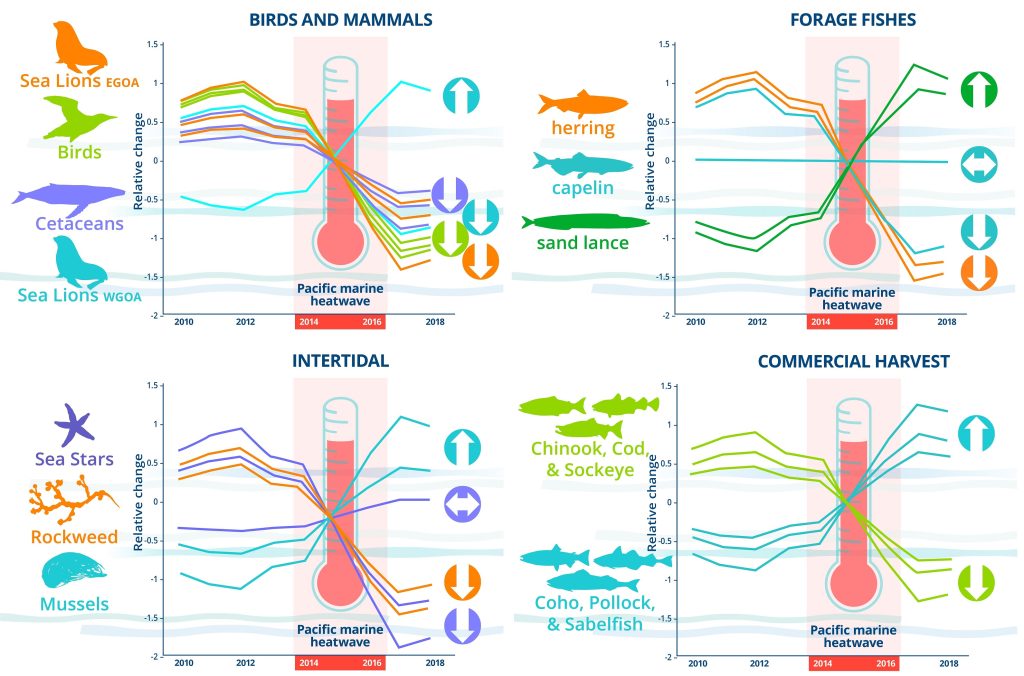
Underlying Mechanisms
The Gulf of Alaska has been severely affected by the marine heatwave, but Dr Suryan’s research shows that not every community and species responded similarly. While some groups were devastated, others thrived.
‘Whereas our analyses did not identify mechanisms of biological change, our results do provide a foundation on which to develop hypotheses and test mechanistic links to physical drivers of change,’ his team wrote in one of their recent papers.
The next step will be to explore these mechanisms, so that we can better predict how the changing climate will shape Alaskan ecosystems, in order to plan for and mitigate the most damaging effects.
‘This analysis is a good basis for future studies,’ says Dr Suryan. ‘What we need to do next is identify the mechanisms that cause species abundance fluctuations. For instance, understanding what forage fish and zooplankton species do well or poorly as water temperatures warm is critical for understanding how the marine mammals, seabirds and commercial fish stocks that feed on them will fare in this same environment.’
Of course, climate change is just one of many threats that Alaska must contend with. Predicting what ecosystems will look like in the future, and how the resources we depend on will be affected, requires an integrated approach that hinges on the continued collection of long-term monitoring data.
SHARE
DOWNLOAD E-BOOK
REFERENCE
https://doi.org/10.33548/SCIENTIA844
MEET THE RESEARCHER
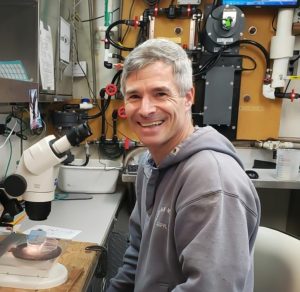
Dr Robert M. Suryan
NOAA, Alaska Fisheries Science Center
Juneau, AK
USA
A well-known marine biologist on an international scale, Dr Robert Suryan has been involved in ground-breaking studies since pursuing his PhD in Wildlife Science at Oregon State University. Before graduating with his PhD in 2006, Dr Suryan worked as a biologist for various private and federal agencies, including the US Fish and Wildlife Service and several marine laboratories. After transitioning to academia, Dr Suryan spent 17 years at Oregon State University, where he mentored undergraduate, graduate, and postdoctoral researchers. In 2018, he returned to government work, becoming a research ecologist and program manager at the National Oceanic and Atmospheric Administration’s (NOAA) Alaska Fisheries Science Center in Juneau, Alaska. Dr Suryan’s contributions to marine science cannot be understated; with 70 peer-reviewed papers and dozens of reports, Dr Suryan is a prolific advocate of using long-term data to better manage marine ecosystems in the face of climate change.
CONTACT
E: rob.suryan@noaa.gov
W: https://www.fisheries.noaa.gov/contact/robert-suryan
KEY COLLABORATORS
U.S. Geological Survey
National Park Service
Alaska Department of Fish and Game
University of Alaska Fairbanks
Prince William Sound Science Center
FUNDING
The National Oceanic Atmospheric Administration
Exxon Valdez Oil Spill Trustee Council
FURTHER READING
RM Suryan, ML Arimitsu, HA Coletti, et al., Ecosystem response persists after a prolonged marine heatwave, Scientific Reports, 2021, 11, 6235. doi.org/10.1038/s41598-021-83818-5
SL Danielson, TD Hennon, DH Monson, RM Suryan, RW Campbell, SJ Baird, K. Holderied, and TJ Weingartner. 2022. Temperature variations in the northern Gulf of Alaska across synoptic to century-long time scales. Deep Sea Research Part II: Topical Studies in Oceanography. doi.org/10.1016/j.dsr2.2022.105155
B Weitzman, B Konar, K Iken, H Coletti, D Monson, R Suryan, T Dean, D Hondolero, M Lindeberg, Changes in rocky intertidal community structure during a marine heatwave in the northern Gulf of Alaska, Frontiers in Marine Science, 2021. doi.org/10.3389/fmars.2021.556820
ML Arimitsu, JH Piatt, S Hatch, RM Suryan, et al., Heatwave-induced synchrony within forage fish portfolio disrupts energy flow to top pelagic predators, Global Change Biology, 2021, 9, 1859. doi.org/10.1111/gcb.15556

REPUBLISH OUR ARTICLES
We encourage all formats of sharing and republishing of our articles. Whether you want to host on your website, publication or blog, we welcome this. Find out more
Creative Commons Licence (CC BY 4.0)
This work is licensed under a Creative Commons Attribution 4.0 International License. 
What does this mean?
Share: You can copy and redistribute the material in any medium or format
Adapt: You can change, and build upon the material for any purpose, even commercially.
Credit: You must give appropriate credit, provide a link to the license, and indicate if changes were made.
SUBSCRIBE NOW
Follow Us
MORE ARTICLES YOU MAY LIKE
Dr Loren Babcock | Untangling the History of Jefferson’s Giant Ground Sloth
In the spring of 1796, workers mining saltpetre in a western Virginia cave unearthed several unusual bones. This would launch the scientific study of extinct animals in North America and connect one of America’s founding fathers to the early development of palaeontology. Some of these mysterious bones eventually made their way to future US President Thomas Jefferson at his Monticello estate. Dr Loren Babcock from The Ohio State University’s School of Earth Sciences has conducted an extensive review of the complex naming history of this iconic extinct animal. His research untangles over 200 years of inconsistent scientific terminology and establishes the definitive nomenclatural history of what would become known as Megalonyx jeffersonii.
Dr Mojtaba Enayati | Turning Trash into Treasure: Recycling PET Waste with Catalysts from PET Labels
Plastic pollution has become a critical environmental problem, with polyethylene terephthalate (PET) plastic widely used in food and beverage packaging being a major contributor. Dr Mojtaba Enayati from Troy University’s Center for Materials and Manufacturing Sciences (CMMS) is leading innovative research aimed at utilising the labels from PET water bottles as an environmentally friendly and cost-effective catalyst for chemically recycling PET waste into valuable monomers and other value-added materials. This innovative work provides an elegant solution for recycling PET by sourcing key components from the PET bottles themselves.
Dr Ottaviano Rüsch | Thermal Cycling and Dust Dynamics: Shaping Rocky Lunar Landscapes
The Moon’s airless surface is constantly bombarded by micrometeoroids, cosmic rays, and extreme temperature swings. These harsh conditions gradually break down rocks and create the fine-grained lunar soil known as regolith. Dr Markus Patzek and Dr Ottaviano Rüsch at the University of Münster are leading a team of researchers (known as the Precious Space Team) who are uncovering new details about how different types of lunar rocks respond to thermal stress and how dust behaves on boulder surfaces. Their work sheds light on the complex processes that shape airless planetary bodies over time.
Dr L Donald Duke | Riding the Storm: How Nature-Based Solutions Can Help Tackle Flooding in Southwest Florida
Florida grapples with mounting challenges related to inland flooding due to heavy precipitation, along with coastal flooding from rising sea levels and coastal storms. One important approach to address precipitation-originating flooding is to embrace land use practices runoff management in the upstream portions of at-risk watersheds, where sustainable design can relieve the pressures on drainage systems from continuing dense urban development in the low-lying Florida landscape. Dr L Donald Duke, from The Water School at Florida Gulf Coast University, plays a pivotal role in this endeavour. His work encompasses creating and evaluating flood-resilient land use practices and planning to manage stormwater runoff on the watershed scale.

